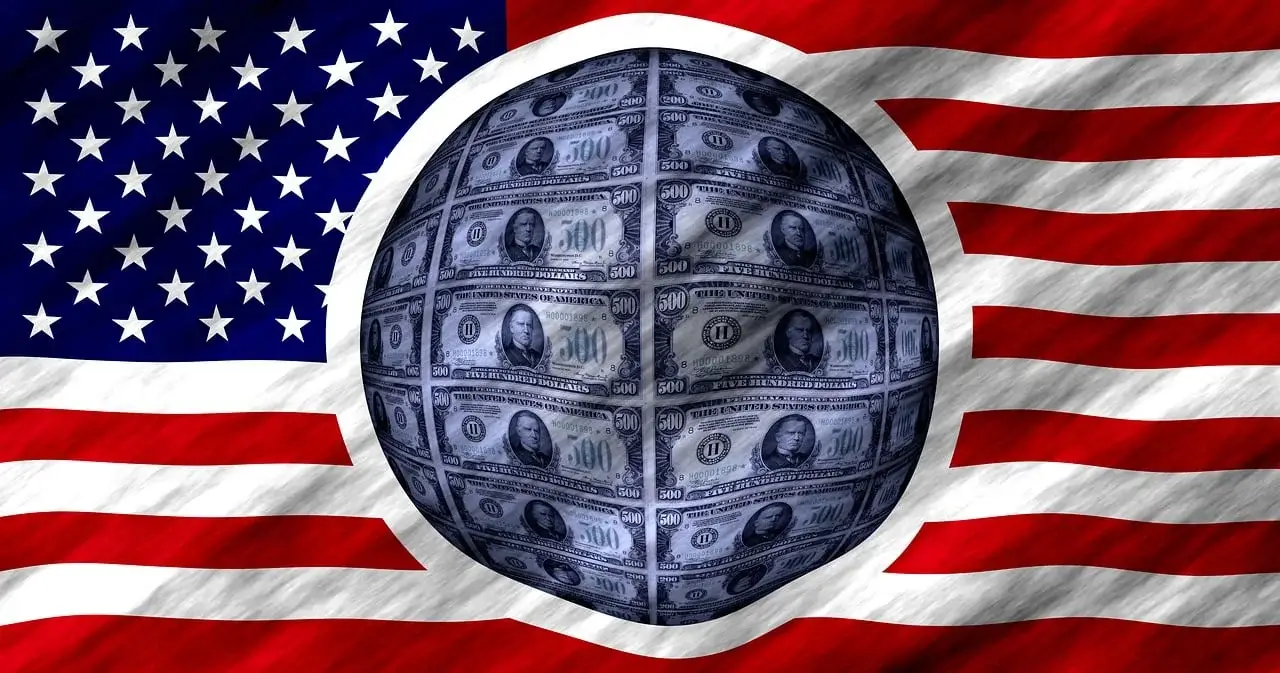Inflation Remains Above Fed’s Target as Market Watches for Policy Shifts
31.01.2025 15:52 1 min. read Alexander Zdravkov
The latest inflation data suggests price pressures are persisting, with the Federal Reserve’s preferred metric rising as expected in December but still exceeding its 2% goal.
The core Personal Consumption Expenditures (PCE) index, which excludes volatile food and energy costs, increased by 0.2% from November—matching market forecasts and slightly above the previous month’s 0.1% gain.
Over the past year, core inflation remained at 2.8%, while overall PCE inflation edged up to 2.6% from 2.4% in November.
This update comes shortly after the Fed opted to pause its rate-cutting cycle following three consecutive reductions. Chair Jerome Powell acknowledged that inflation is still “somewhat elevated,” signaling that the central bank is waiting for further data before adjusting its policy stance.
With economic policies in flux, analysts believe the Fed is holding off on major moves until there is more clarity on trade and fiscal developments. Powell pointed to potential shifts in tariffs, immigration policies, and regulatory measures as key variables influencing inflation trends.
Further uncertainty looms as President Trump has announced plans to introduce a 25% tariff on imports from Mexico and Canada starting February 1. Economists warn that such measures could prolong inflationary pressures, complicating the Fed’s path forward.
-
1
Russia’s Oil Revenues Strained as Exports Decline Again
24.06.2025 18:00 2 min. read -
2
Recession Fears Linger as Economic Signal Flashes Long-Term Warning
25.06.2025 9:00 2 min. read -
3
Robert Kiyosaki Predicts When The Price of Silver Will Explode
28.06.2025 16:30 2 min. read -
4
Gold Beats U.S. Stock Market Over 25 Years, Even With Dividends Included
13.07.2025 15:00 1 min. read -
5
Trump Targets Powell as Fed Holds Rates: Who Could Replace Him?
27.06.2025 9:00 2 min. read
Gold Beats U.S. Stock Market Over 25 Years, Even With Dividends Included
In a surprising long-term performance shift, gold has officially outpaced the U.S. stock market over the past 25 years—dividends included.
U.S. Announces Sweeping New Tariffs on 30+ Countries
The United States has rolled out a broad set of new import tariffs this week, targeting over 30 countries and economic blocs in a sharp escalation of its trade protection measures, according to list from WatcherGuru.
Key U.S. Economic Events to Watch Next Week
After a week of record-setting gains in U.S. markets, investors are shifting focus to a quieter yet crucial stretch of macroeconomic developments.
Robert Kiyosaki Predicts When The Price of Silver Will Explode
Robert Kiyosaki, author of Rich Dad Poor Dad, has issued a bold prediction on silver, calling it the “best asymmetric buy” currently available.
-
1
Russia’s Oil Revenues Strained as Exports Decline Again
24.06.2025 18:00 2 min. read -
2
Recession Fears Linger as Economic Signal Flashes Long-Term Warning
25.06.2025 9:00 2 min. read -
3
Robert Kiyosaki Predicts When The Price of Silver Will Explode
28.06.2025 16:30 2 min. read -
4
Gold Beats U.S. Stock Market Over 25 Years, Even With Dividends Included
13.07.2025 15:00 1 min. read -
5
Trump Targets Powell as Fed Holds Rates: Who Could Replace Him?
27.06.2025 9:00 2 min. read


